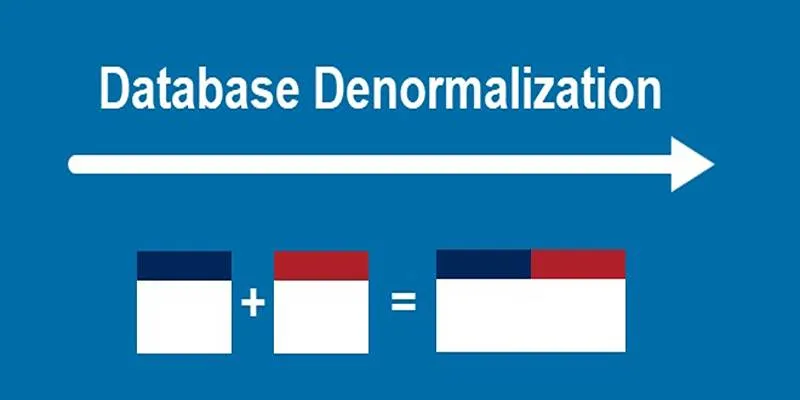The cloud wars have quietly shaped the backbone of modern tech, even if most people aren’t paying attention to who’s winning. Behind every streaming service, machine learning pipeline, or high-traffic website, there’s likely a battle between AWS and Azure. Both platforms offer massive infrastructure, but choosing between them involves more than just surface-level features.
Ecosystem and Developer Experience
AWS, launched in 2006, has a significant head start. Its ecosystem grew around startups and developer-first engineering cultures, offering over 200 fully featured services. If there’s a tool you can imagine, AWS likely has it—and several variants besides. However, this flexibility can be overwhelming for new developers due to its extensive documentation and service sprawl.
Azure, by contrast, evolved from an enterprise-first mindset. Microsoft leveraged its dominance in business software—such as Active Directory, Windows Server, and Office 365—to promote cloud adoption. Azure integrates tightly with these tools, making the transition smoother for organizations already in the Microsoft ecosystem. Its user experience is often seen as more accessible, particularly for teams that prefer visual dashboards and guided deployment paths.
AWS excels in providing depth—a “Lego box” with the most pieces. Azure reduces friction, especially for companies using .NET, Visual Studio, or Microsoft SQL Server. The choice often hinges on team culture: startups with Python engineers might prefer AWS, while corporate IT departments with SharePoint instances might lean toward Azure.
Pricing and Cost Management
Cloud pricing is notoriously complex, and neither AWS nor Azure simplifies it. AWS offers granular billing but leaves room for cost spikes as usage scales. Services like S3 and Lambda may appear cheap initially, but managing costs often requires third-party tools or dedicated roles.

Azure, while not entirely straightforward, has made strides in improving cost visibility. Its pricing calculator is more intuitive, offering built-in tools for budgeting and forecasting. Microsoft’s hybrid licensing, including Azure Hybrid Benefit and Reserved Instances, can reduce costs for long-term workloads.
In essence, neither provider is inherently cheaper. Cost-effectiveness depends on infrastructure optimization. AWS rewards deep architectural control, while Azure benefits consistency, particularly in corporate environments. Both platforms offer free tiers and trial credits, but affordability depends on understanding the fine print—a critical factor in cloud decisions.
Compute, Storage, and Machine Learning Capabilities
Both platforms offer robust infrastructure but approach compute and storage differently. AWS’s EC2 instance types are highly customizable, covering workloads from low-latency game servers to GPU-heavy ML models. Its storage options, like S3, EBS, and Glacier, are known for scalability and durability, with AWS Lambda providing flexibility for event-driven functions and automation workflows.
Azure offers a comparable range of services, including Azure Virtual Machines, Blob Storage, and Azure Functions. The real distinction lies in machine learning and AI tooling. AWS’s SageMaker supports custom model training and deployment at scale. Azure focuses on prebuilt AI services—such as Azure Cognitive Services—ideal for quick wins like optical character recognition and sentiment analysis, accessible without deep ML expertise.
In hybrid and edge computing, Azure’s investment in Azure Stack positions it strongly for hybrid setups, crucial for government agencies and firms with strict data residency requirements. Though AWS has expanded with services like Outposts, Azure’s longer history in hybrid solutions gives it an edge.
Real-World Use Cases and Market Perception
AWS vs. Azure in the real world can be summarized simply: AWS is preferred by technology-first organizations, while Azure is favored by enterprise IT departments. Companies like Netflix, Airbnb, and Twitch rely on AWS for its global scalability and fast iteration capabilities, appealing to innovation-focused teams.

Azure suits companies already invested in Microsoft tools, such as banks and large enterprises, seeking gradual modernization. Its seamless integration with Active Directory and Office 365 makes it strong in environments where single sign-on and compliance are paramount.
Many companies now adopt multicloud strategies, using both platforms to mitigate risks or leverage the best tools. A team might run a data lake on AWS while hosting internal apps on Azure, emphasizing a broader truth: cloud choice is about what fits the project, team, and timeline.
Conclusion
Choosing between AWS and Azure isn’t about determining which is better, but finding which one aligns with your needs. AWS offers flexibility and scalability for custom solutions, while Azure is ideal for teams already using Microsoft tools. Both platforms have strengths, but the true measure is how easily your team can build, deploy, and maintain solutions under pressure. The right provider is the one that enhances your team’s efficiency and reliability when it matters most.
 zfn9
zfn9























